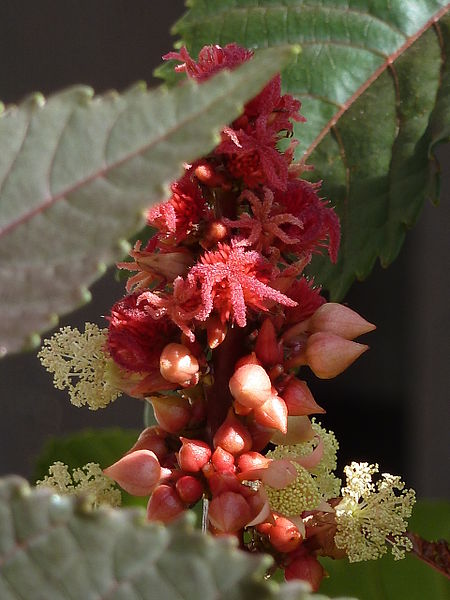Legend has it that cosmos and a number of other alien plants such as blackjack and khakibos arrived in this country during the Boer War. The British imported fodder for their horses from South America and of course this baled grass was full of the seeds of opportunistic plants. The troops carried this fodder in hay nets hanging from their horses and as they rode about the country the seeds were shaken out and took root where ever they fell! With no natural enemies they flourished.
Some are highly invasive and impact directly on our indigenous plants, while others, like cosmos, just grow where they can and give us a visual treat once a year.

Of course, a lot of our most dangerous invasive alien plants are just that, because they have eye-catching forms or stunning flowers. They are brought into the country as garden plants and soon escape into the surrounding areas. We all have our views on what we should cultivate in our gardens and most suburban gardens are a mixture of indigenous and alien plants.
Horticulturalists and botanists talk about naturalised and non-invasive alien plants. The caster-oil plant, Ricinus communis, is a declared weed and invasive alien. Johan Binneman of the Department of Archaeology at the Albany Museum in Grahamstown discovered caster-oil seeds during excavations in several Eastern Cape archaeological sites that date back 10 000 years. This plant was used by the San and KhoiSan for medicinal purposes! How long does a plant have to be resident before it is given naturalization papers?

Taken (with minimal editing) from the February 2009 Newsletter of the Kznwildlife Rhino Club